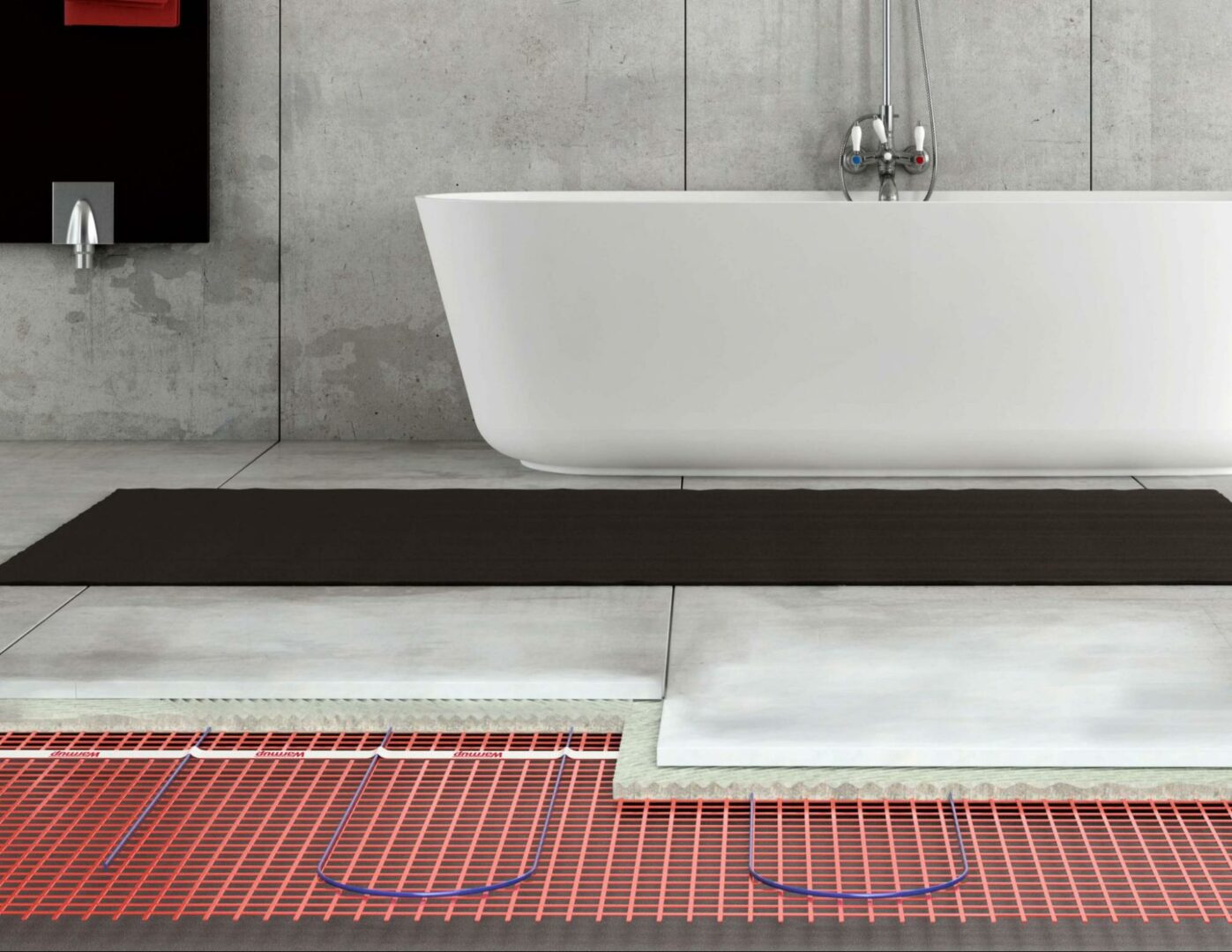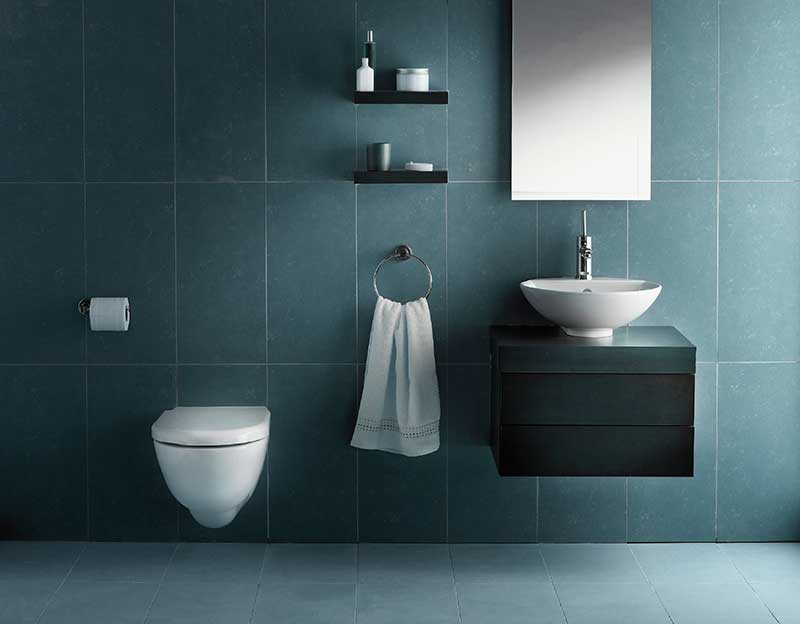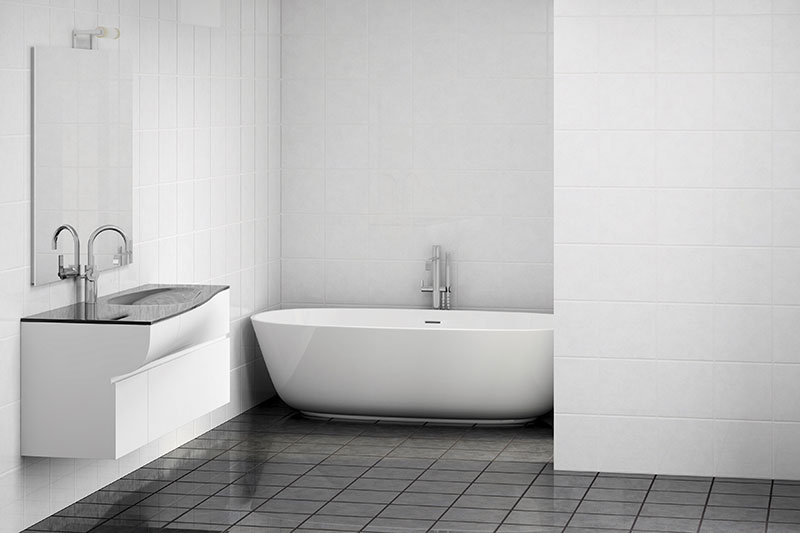When it comes to installing wood flooring, the importance of underfloor insulation cannot be overstated. Not only does it play a crucial role in maintaining a warm and comfortable home, but it also protects your floor from moisture, pests, and noise.

However, selecting and installing the correct insulation under your wood flooring can be a daunting task with potential pitfalls.
This article will guide you through the various factors affecting the choice of insulation, common mistakes to avoid, and the benefits of using a premium product like Warmup’s 4-in-1 insulation board.
Understanding Under Wood Floor Insulation
Under wood floor insulation helps maintain a home’s internal temperature by preventing heat loss in winters and reducing heat entry during summers. This process not only ensures a comfortable living environment year-round, but also significantly reduces energy costs related to heating and cooling. Several factors determine the best way to insulate under wooden floors:
Type of heating system installed
Existing insulation system
Property’s geographical location
Type of finished wood flooring
For example, the insulation needs for a home with an underfloor electric radiant heating system might be different from a home with a standard central heating system.
Types of Under Wood Floor Insulation Materials
Fiberglass Batts
Fiberglass batts are commonly used for insulation due to affordability and easy installation. However, they may not be ideal for insulating under finished wood flooring with radiant heating systems. The material’s thickness can interfere with heat transfer and lacks reflective qualities. Consider better-suited options for under wood floor insulation in such cases.
Foam Board Insulation
Foam board insulation, made of polystyrene, polyisocyanurate (polyiso), or polyurethane, offers high insulation value with minimal thickness. It’s an excellent choice for spaces where space is limited. While foam boards have a higher R-value per inch than fiberglass batts, they lack the radiant heat reflective properties needed for underfloor electric radiant heating. For under finished wood flooring, Warmup’s 4-in-1 insulation board is a more suitable solution.
Reflective Foil Insulation
Reflective foil insulation, also known as radiant barrier insulation, is a type of insulation that reflects radiant heat. It is ideal for under wood floor insulation, especially when combined with an underfloor electric radiant heating system. Comprising thin sheets of shiny aluminum attached to a layer of paper or plastic, it prevents radiant heat from penetrating through the floor.
Reflective foil insulation is particularly beneficial in homes with underfloor radiant heating systems, as it directs heat upwards for energy efficiency and optimal performance.
Factors to Consider Before Choosing Insulation
Climate and Location
The climate and location of your home can significantly influence the type of insulation under wood flooring that you may require:
A home in a colder climate, for instance, would benefit greatly from an insulation material with high thermal resistance (R-value) to prevent heat loss. On the other hand, in warmer climates, insulation with reflective properties can be beneficial to keep the heat from entering the house.
Regions with high humidity can cause moisture-related issues with certain insulation materials. Therefore, it’s essential to select an insulation material that is resistant to moisture and prevents the growth of mold and mildew. For instance, Warmup’s 4-in-1 insulation board not only has a high R-value and reflective properties, but is also resistant to moisture, which makes it an ideal solution for various climates.
Subfloor Type
Different subfloor materials have varying characteristics that affect their compatibility with certain insulation types. For instance, concrete subfloors can be cold and damp, necessitating an insulation material with high thermal resistance and moisture resistance. On the other hand, plywood subfloors are warmer and typically drier, to allow for more insulation options.
Moisture Control
Moisture can be a significant concern when it comes to insulation under wood flooring, especially in damp environments or areas prone to flooding. Moisture intrusion can lead to a host of problems, including wood rot, mold growth, and a decrease in the insulating power of most insulation materials. Therefore, effective moisture control is paramount in ensuring the longevity of your wood floors and the efficiency of your underfloor heating system.
Benefits of Under Wood Floor Insulation
Energy Efficiency
Under wood floor insulation can significantly improve the energy efficiency of your home, reduce the amount of heat lost through the floor and can lower your heating bills. In particular, insulation that reflects radiant heat increases the effectiveness of underfloor heating systems by directing the heat upwards into the room, to maximize comfort while minimizing energy consumption.
Improved Comfort
Insulating your wooden floor enhances the overall comfort of your living space, to provide a warmer surface underfoot during the colder months and reduce unwanted heat during the summer.
Noise Reduction
Insulation under wood flooring significantly diminishes noise transmission, making your home quieter and more peaceful. This is particularly beneficial in multi-story homes or apartments, where foot traffic, furniture movement, or appliance use can create disruptive noise levels.
Protection Against Moisture and Pests
Insulation under wood flooring safeguards against dampness and pests, to maintain floor integrity and prevent infestations. It deters insects and rodents, by making the space less attractive for nesting, while also preventing moisture buildup that can cause mold, mildew, and wood rot.
Common Mistakes to Avoid with Wood Floor Insulation
Pitfalls in Wood Floor Insulation
Choosing and installing insulation under wood flooring can seem straightforward, but several common errors can drastically affect its performance. Listed below are some key mistakes to avoid:
Insufficient Insulation
One of the major pitfalls is not using enough insulation. Insufficient insulation can lead to unnecessary heat loss, can reduce the effectiveness of your underfloor heating system and increase your energy bills.
Ignoring Moisture Concerns
Moisture is a significant concern that should never be overlooked. Ignoring the potential for moisture can lead to wood rot, mold, and mildew – that can compromise the integrity of your floor and health of your home. Always opt for insulation materials that offer excellent moisture resistance, like Warmup’s 4-in-1 insulation board.
Using Incorrect Insulation Materials
Not all insulation materials are created equal, and choosing the wrong one can be detrimental. Certain materials may not offer the thermal resistance or radiant heat reflection necessary for your specific application. It is vital to choose insulation that complements your underfloor heating system and matches your flooring type.
Poor Installation Practices
Even the best insulation material can perform poorly if installed incorrectly. Common installation errors include:
- Leaving gaps between insulation boards
- Not adequately sealing the edges
- Damaging the insulation during installation
These mistakes can lead to heat loss, moisture issues, and reduced longevity of your flooring. Always follow the manufacturer’s instructions or hire a professional to ensure proper installation.
Radiant Floor Heating and Wood Flooring
Proper insulation under wood flooring is crucial for the efficient operation of radiant floor heating systems. It prevents heat from escaping downwards, and directs it upwards into the room for maximum comfort. Without appropriate insulation, you risk energy wastage, diminished system effectiveness, and increased heating costs.
Introducing Warmup’s 4-in-1 Insulation Board

Warmup’s 4-in-1 Insulation Board stands as a leading choice for those seeking the best insulation under wood flooring. This premium product brings together four key functions to maximize efficiency and comfort—thermal insulation, moisture barrier, sound reduction, and underlayment.
With a high R-value, it ensures excellent thermal insulation, prevents heat loss and dramatically enhances the performance of your underfloor radiant heating system.
The inbuilt moisture barrier protects your wooden floor from dampness, a feature particularly beneficial for installations over concrete subfloors.
Sound reduction is another strength of this board, as it significantly minimizes noise transmission for a peaceful living environment.
As an underlayment, it provides a smooth, level surface, essential for a flawless floor finish.
Lightweight and easy to cut, it simplifies the installation process, making it a practical choice for DIY enthusiasts and professionals alike. Plus, with Warmup’s 4-in-1 Insulation Board, you can be assured of compatibility with all types of wood flooring and electric underfloor heating systems.
Find the Best Floor Insulation and Radiant Floor Heating with Warmup

At Warmup, we prioritize your comfort and energy efficiency. With our top-tier products, we cater to your specific needs. Our team of experts will guide you in selecting the best under wood floor insulation and radiant floor heating system. As an industry leader, we are committed to quality, innovation, and customer satisfaction, as evident in our 4-in-1 insulation board. From consultation to post-installation support, trust Warmup for your underfloor heating needs!
Contact us today for a free quote!



